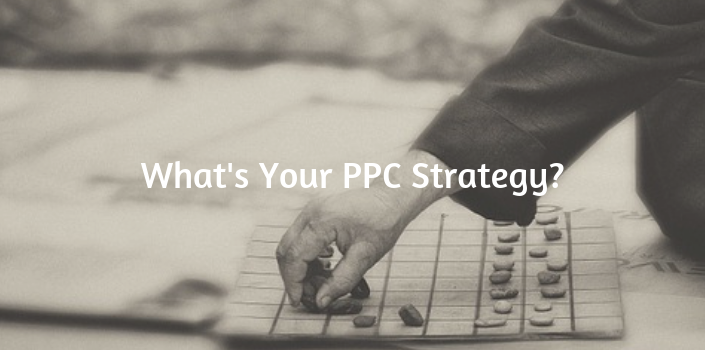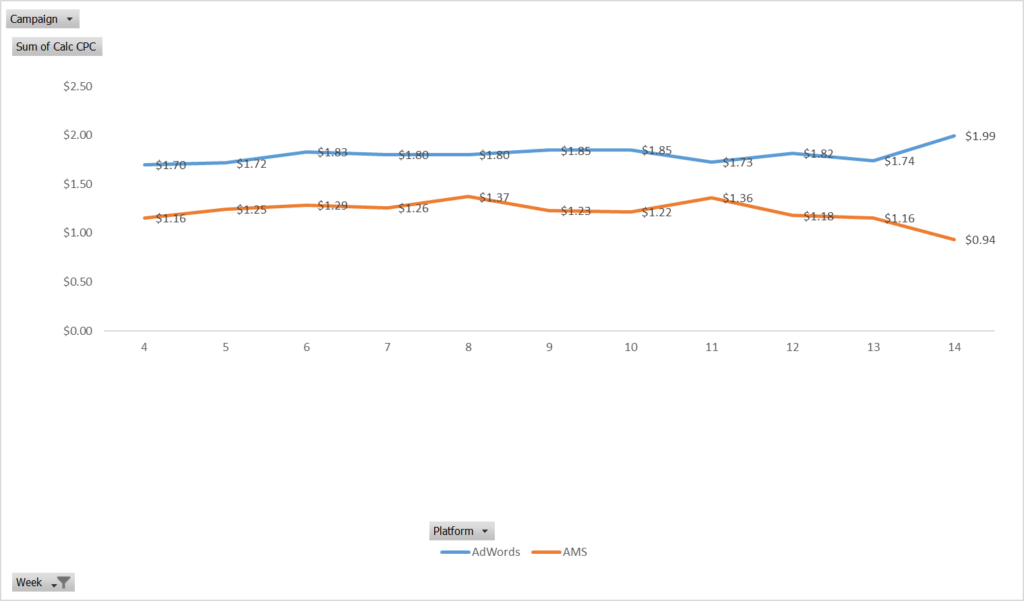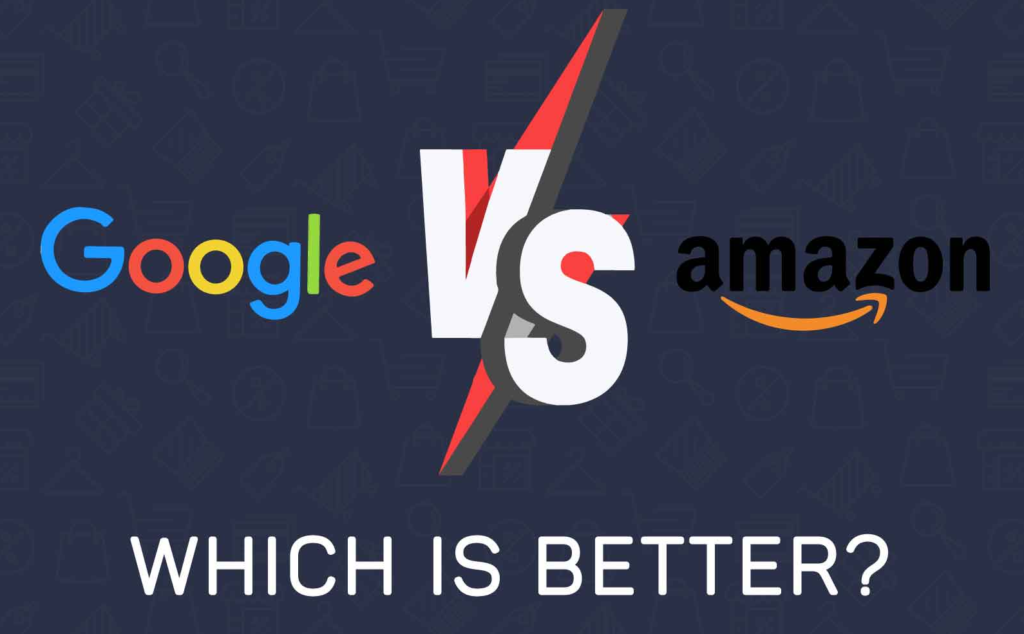Creating a PPC Strategy for Beginners

Like we’ve said before, pay per click done right can be a powerful form of digital marketing. It allows you to control how much you spend, target new audiences and ramp up your business. In this week’s post, we’ll break down the basics of PPC so you’re able to understand how to set up your first campaign.
Pay Per Click Advertising Basics
Pay per click advertising is an increasingly prevalent form of internet marketing. Advertisers pay a small fee each time an internet user clicks on one of their online ads. These ads can be on search engines or on social media networks like Facebook, LinkedIn and Twitter. This brings fresh traffic to your website, rather than people discovering your site by chance. When you use Google to search, look for the “ad content” that appears in your search results. Businesses are charged a fee each time one of their ads is clicked.
Understanding the Jargon
Here are some terms to be familiar with:
- Google Ads: Google’s advertising service. 90 character ads customized to promote your specific services or products.
- Pay-Per-Click (PPC): Businesses pay a fee each time one of their ads is clicked. This is an effective way of buying traffic instead of allowing it to generate organically.
- Cost Per Click (CPC): The most common bid type in Google Ads, meaning you pay each time someone clicks on your ad. You can set a maximum amount that you are willing to spend on each of your clicks.
- Click-Through Rate (CTR): The measurement of how well your ad performs.
- Keywords: Words and phrases people type into the search engine when they do an online search.
- Landing Page: A standalone web page that serves as an entry point. The landing page is the destination a user will arrive at when clicking on an ad or call to action button. Google refers to this as a “Destination URL.”
- Negative Keywords: Words businesses do not want to show up connected to their ad when people do a search.

Pay per click advertising is a popular form of internet marketing. Advertisers pay a small fee each time an internet user clicks on one of their online ads. These ads can be on search engines or on social media networks like Facebook, LinkedIn and Twitter. This brings fresh traffic to your website, rather than people discovering your site by chance. When you use Google to search, look for the “ad content” that appears in your search results. Businesses are charged a fee each time one of their ads is clicked.
How Will it Work for Me?
Search engine marketing is the most popular form of PPC. Today we’ll focus on two big ones, Google and Amazon. For each of these, you need to create an account with them. Then you can create ads. To get your ads to show you enter into Google or Amazon’s auction. You do this by bidding on words and phrases that relate to the services or products you’re promoting. It takes time to build, execute and the reap rewards of a PPC campaign. You have to learn what works and what doesn’t, and that means spending some money. But in this case, the payoff could be great.
Creating an Effective PPC Campaign
The most successful campaigns know their current and target audience, use effective keywords, and have an organized structure. In fact, Google favors smart PPC campaigns by rewarding them with cheaper click rates. Their algorithms will know if your customers respond well to your ads. In a nutshell, here’s what you need for the best PPC campaign:
- Know your audience. This includes current and desired audiences. By targeting a specific niche, you’ll be more competitive in your industry.
- Use relevant keywords. Knowing the phrases and keywords related to your product or service is a good start. The right research will let you know if your proposed keywords are being used or if you need to find new ones.
- Look sharp. You want your campaign to be aesthetically pleasing, well-written and have relevant links. Ask yourself if your ad text is relevant, creative and draws in your target audience.
- Have effective landing pages. Make sure all your landing pages use effective SEO to increase chances of showing up in searches. Plus, you want customers to stay on your site and make a purchase.
Savvy business owners also know that PPC campaigns require ongoing maintenance. You want visits to your website to be more valuable than what you invested to get them there.
Google Pay Per Click Know-How
When you set up a Google Ads account and decide on what kind of campaign to run, here are some essential things to remember.
- Know where your audience lives. If your services or products target people in a certain geographic area, you’ll need to target that location.
- Learn how to budget. Newbies to PPC will want to manually set the bids for clicks, so you have control over how much you’re spending. Plus, your ads will stop when the budget is spent. Once you know the ropes and understand your audience’s response, you can set it to automatic or even apply for a Google line of credit.
- Start with a great headline. Writing an effective ad will convince consumers to purchase. Make every one of your 90 characters count. Think about what information should go on the second and third lines. Prepare to change the copy if you don’t get much traction.
- Add your display and destination URLs. The display URL is the one you need customers to remember. They’ll find you by typing this in later without going through an ad. And of course, your destination URL or landing page must be focused.
- Choose your keywords wisely. Remember you’re competing against businesses for the same audience. Do your research and be specific. Also, don’t forget to include negative keywords that you don’t want to rank for.
- Spend money to make money. Finally, you’ll need to bid on your clicks and let Google know how much you want to spend. Businesses willing to spend more money on clicks will come up more often in searches.
Amazon Pay Per Click
If you sell products on Amazon or that’s your goal, you need to go a step beyond Google. Amazon PPC advertising is a highly effective way to connect with your target audience. Many of the same strategies apply to Amazon PPC as to Google Ads. But here are the most important pointers:
- Keywords are essential. Like with web content, it’s all about SEO. Both your websites and your ads must include targeted keywords. Use an Amazon keyword tool for this, since people search differently on Amazon than they do on Google.
- Give your campaign a specific name. Begin by choosing a product that’s selling well, then decide if you want to do manual or automatic targeting.
- Set your daily budget. Amazon differs from Google in this realm. Amazon will show you the lowest bid and a suggested bid. Make sure to increase your bid by a small amount to increase your chances.

A/B for PPC
Setting up A/B testing in your pay per click campaigns is a valuable tool that can save you time and money. Above all, you want to make sure your target audience is seeing your ads. And this means knowing what colors, language and graphics appeal to them. Spending a bit of time on A/B testing can greatly benefit your campaign and allow you to hone in on your goals.
Ready to Begin Your PPC Campaign?
Now that you have the basics of pay per click advertising it’s time to call on the experts at Digital Firefly Marketing to get your PPC campaign off the ground. Let us maximize the return on your investment by focusing your PPC efforts on the best platforms for your business. Contact us today for a free PPC audit.
